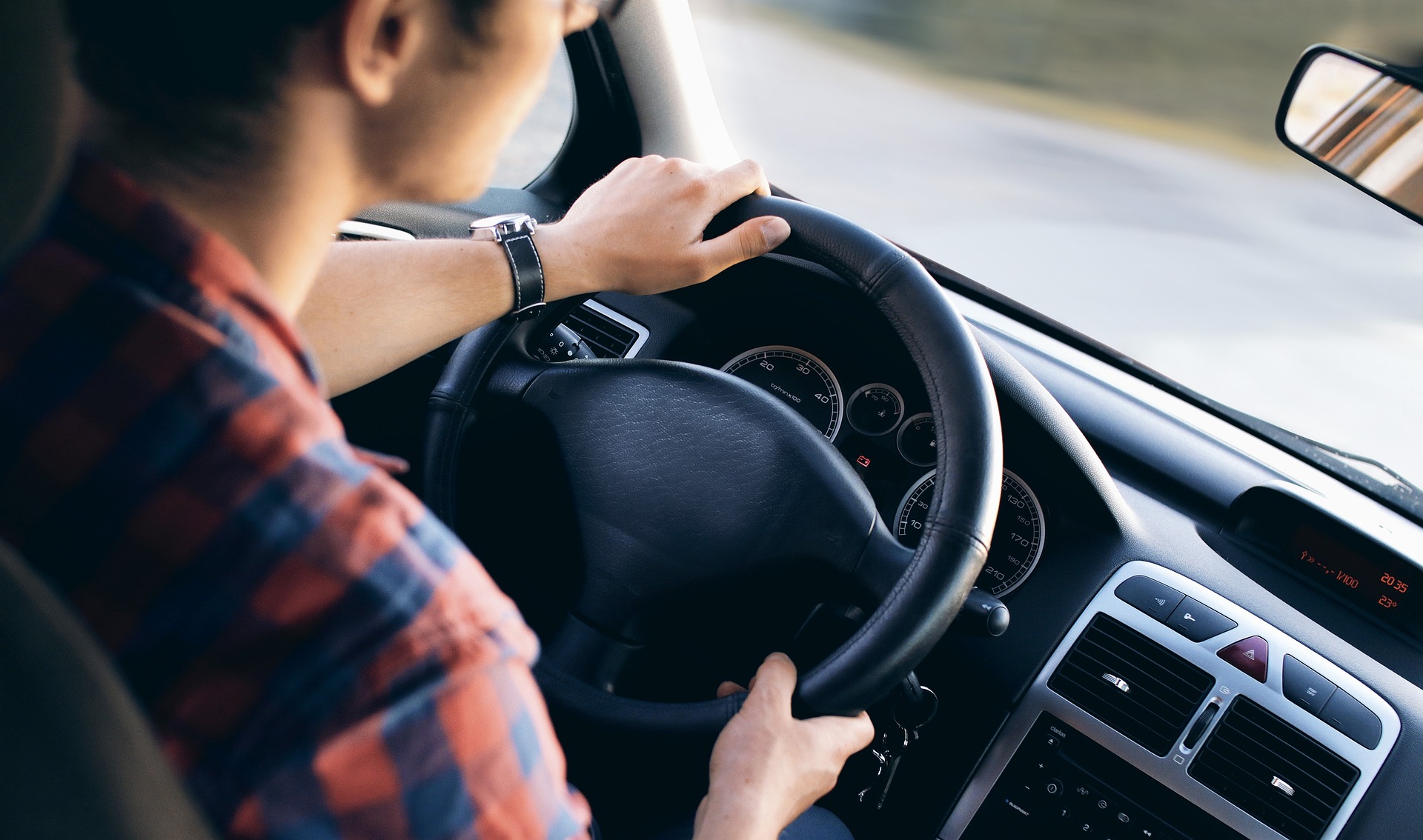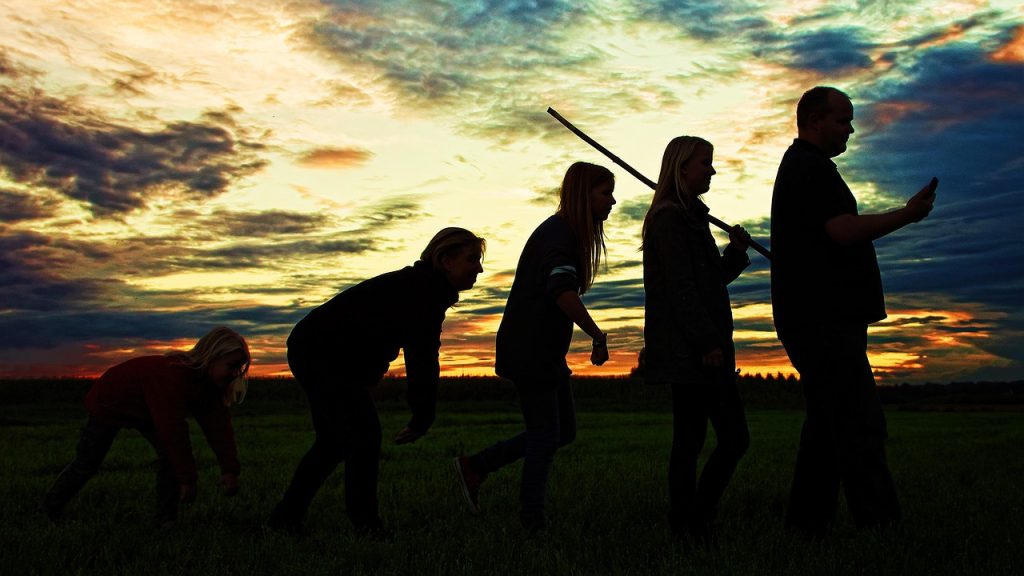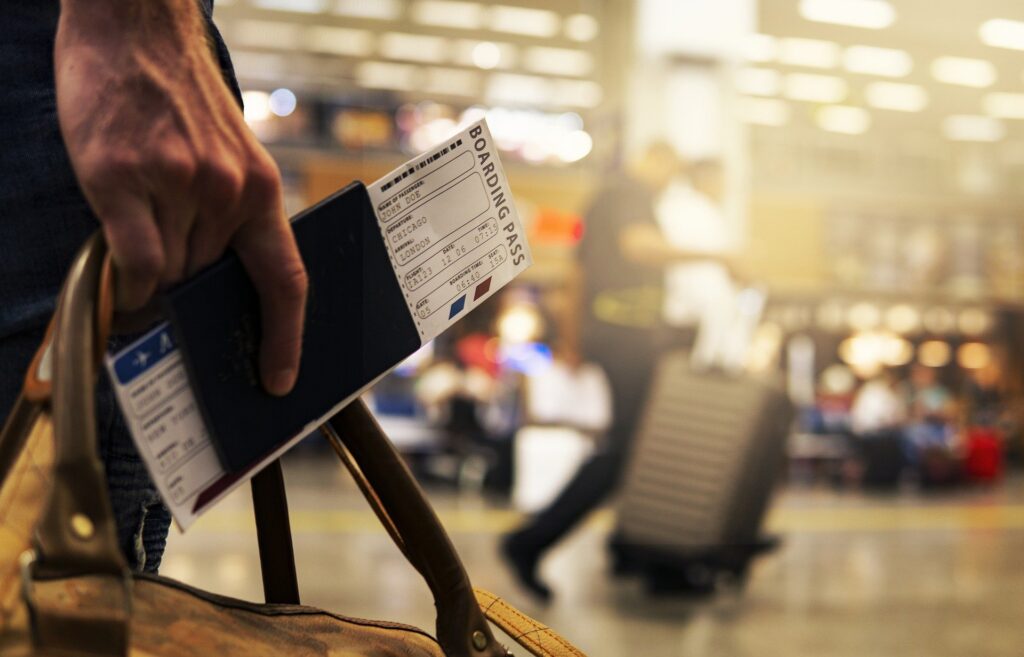In Austria, anyone driving a vehicle must have less than 0.5 per mile of alcohol in their blood. There are no limits for impairment due to narcotic drugs. However, whether one is too tired to drive a car is mainly up to the driver.
That could change in the future. Australian researchers are working on a blood test to determine whether a driver who has caused an accident has been impaired by lack of sleep. The Australian Office of Road Safety is leading the project. The scientists’ vision is that the test should already be available within two years.
Equally dangerous as alcohol
It is estimated that between ten and 20 percent of all traffic accidents worldwide are due to fatigue. New evidence suggests that driving after less than five hours of sleep is just as dangerous as drinking and driving. “There needs to be a system to check whether someone has had enough sleep, because they could be putting other people’s lives at risk,” Steven Lockley, a sleep expert at Harvard Medical School, urges in the British newspaper The Guardian.
Clare Anderson of Monash University in Melbourne, Australia, who is leading the development of the blood test, adds, “Although the solution to fatigue is quite simple, which is to get more sleep, our ability to deal with it is compromised because we don’t have tools to monitor it like we do with alcohol.”
Anderson’s research team identified five biomarkers in the blood that can be used to determine whether someone has been awake for 24 hours or more with more than 99 percent accuracy. These biomarkers are the same in all people, Anderson explains. He says some are lipids, while others are produced in the gut and thus come from different parts of the body, “which is interesting because sleep is associated with several health problems. But they’re not metabolites associated with caffeine, anxiety, or adrenaline, which might be the case in a car accident.”
She said that follow-up studies under more realistic conditions have also shown that these biomarkers can detect sleep deprivation with an accuracy of almost 90 percent. However, further work is needed to determine whether someone has slept five hours or only two, for example, she said.
According to Anderson, a forensic blood test for sleep deprivation that could be used alongside existing drug and alcohol tests could be developed in as little as two years. However, portable tests that will be applied on the streets will be a long wait, as the sensors and equipment to detect the biomarkers have yet to be developed. However, Shantha Rajaratnam, also of Monash University, is confident they will be ready for use within five years, at least in safety-critical industries such as trucking and aviation.
If overtiredness at the wheel were proper to be prosecuted in the future, however, in addition to testing options, a legal threshold would also have to be set for the minimum amount of sleep a driver needs to drive safely – similar to the limit of 0.5 per mille of alcohol in the blood in Austria.
A study funded by the British Office of Road Safety is a first step in this direction. In it, the researchers summarized the results of 61 laboratory and field studies to determine a point at which it can be determined that a person is impaired due to fatigue. The findings were published in the journal Nature and Science of Sleep.
“Based on our meta-analysis, it appears that four to five hours of sleep is a reasonable value to draw that line,” explains Madeline Sprajcer of Central Queensland University, Australia. “In Australia and many other countries, a blood alcohol concentration of 0.5 per mille is considered the legal limit for driving, at which the risk of a traffic accident roughly doubles. Sleeping less than five hours also doubles the risk compared to well-rested people.”
Traffic Fatalities in Austria
Sleep researchers agree that more must be done to reduce the number of deaths and injuries caused by inattentive driving. However, whether punishing drivers is the best solution remains controversial.
According to ÖAMTC, ten fatal accidents occurred on Austria’s roads in 2021 that were due to overtiredness. Acute warning signs are frequent yawning, sudden shivering, a strong need to move or a constant change in sitting position. Also: tenseness, especially in the neck and shoulder area, the development of a fixed gaze, and frequent blinking. A low mood can also be a warning signal, according to the ÖAMTC website.
- source: kurier.at/picture: Bild von bobtheskater auf Pixabay
This post has already been read 2167 times!



